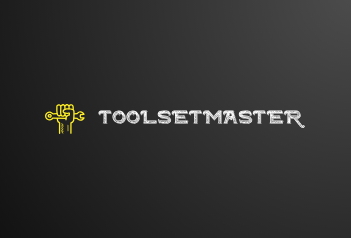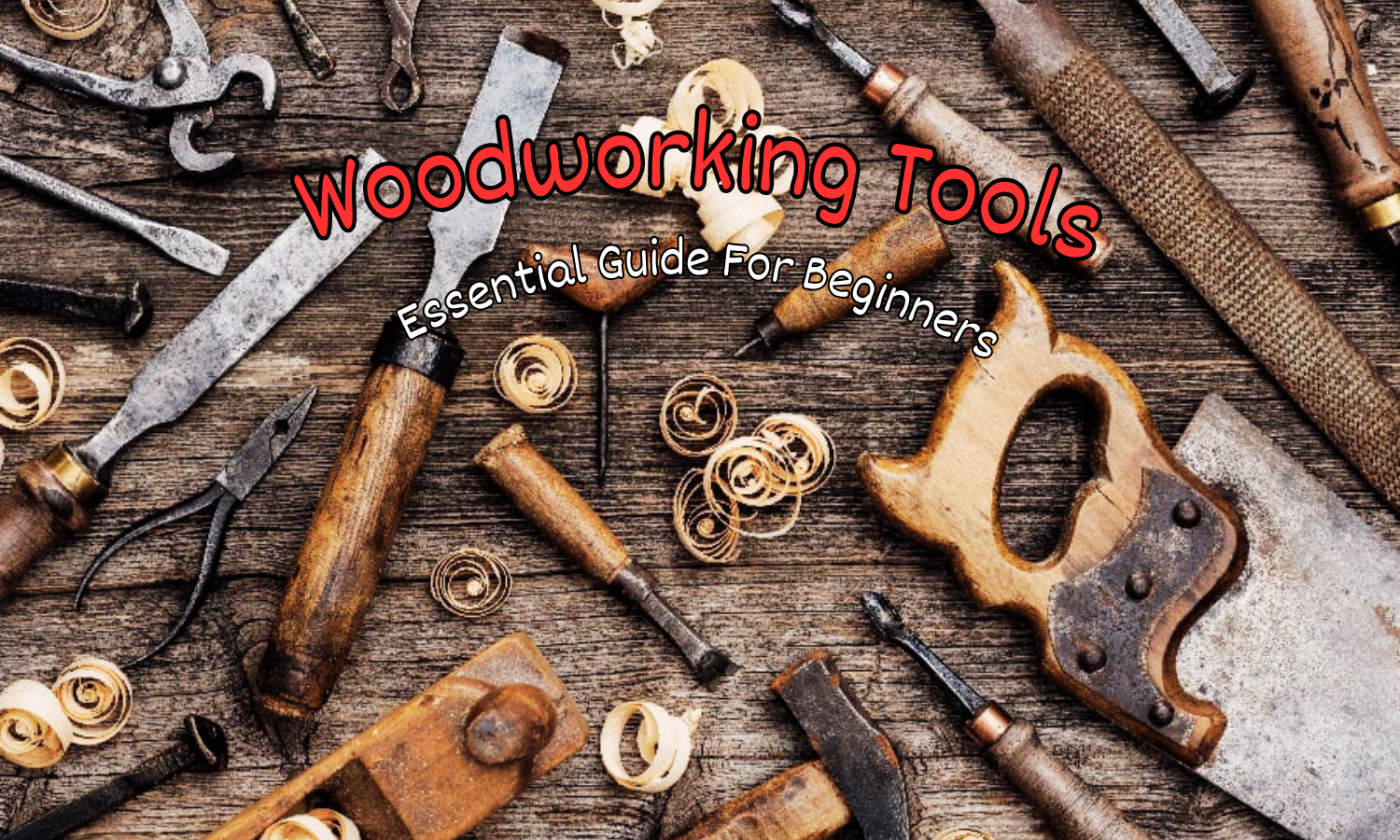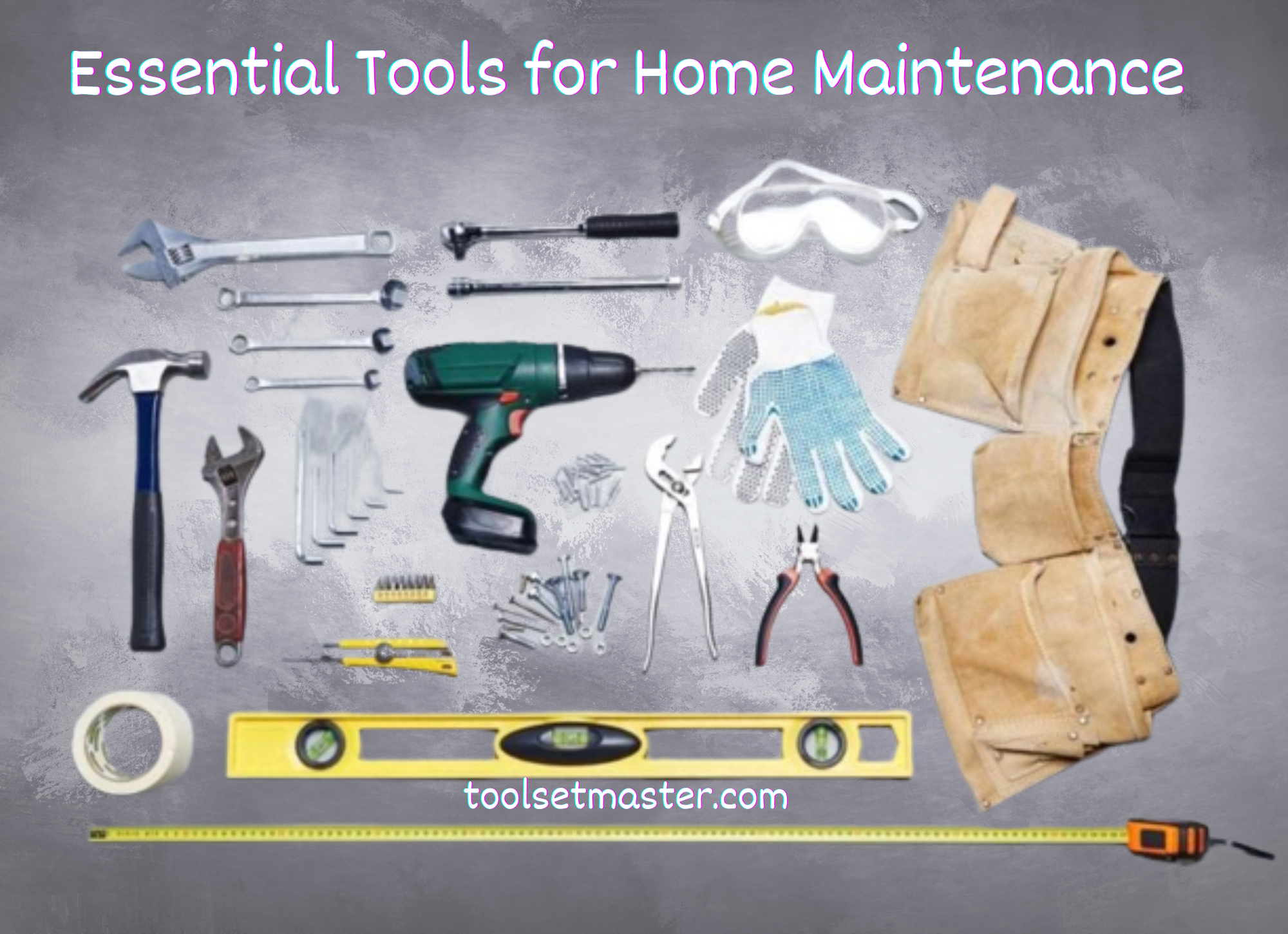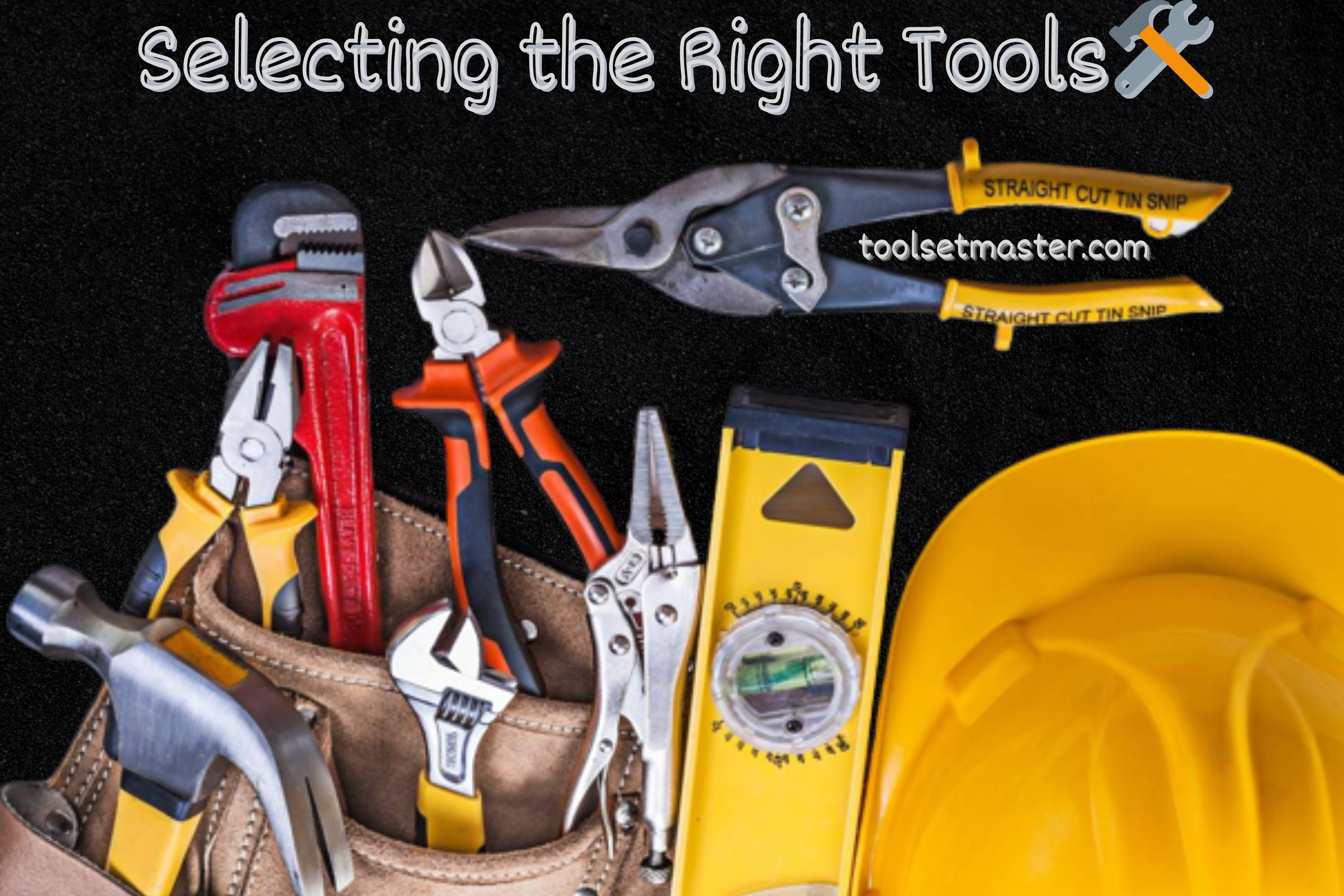Introduction
Introduction to woodworking tools: When you’re diving into DIY projects, having the right tools is super important to get things done accurately and efficiently. One key set of tools for any DIY lover is cutting tools. In this article, we’ll talk about why these woodworking tools are so crucial, the different types you can get, and how they make it a breeze for you to take on all sorts of projects.
1. The Foundation: Basic Hand Tools
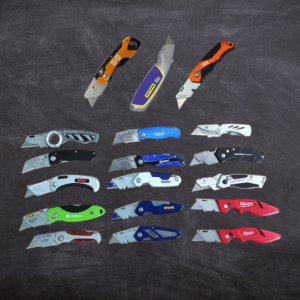
a. Utility Knife
A utility knife is like a super handy cutting tool that can tackle a bunch of different jobs. It usually has a retractable and changeable blade, so you can set how much you want to cut. People use it for stuff like opening boxes, cutting cardboard, and making really precise cuts in different materials. It’s small and easy to carry around, making it perfect for everyday tasks. So, whether you’re at home, working in a workshop, or doing some DIY projects, a utility knife is your go-to for all kinds of cutting jobs, it’s reliable and does the trick every time.
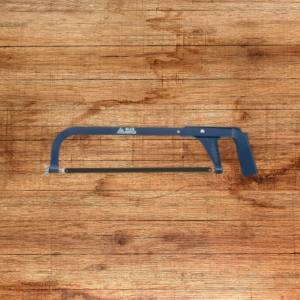
b. Hacksaw
Hacksaw is a tool that is made for slicing through tough stuff like metal or plastic. It’s got this frame thing with a fine-toothed blade stretched across it. Those tiny teeth on the blade make it perfect for doing really precise cuts, like detailed and accurate work. People use hacksaws for all sorts of things where you need a gentle touch and a controlled cut.
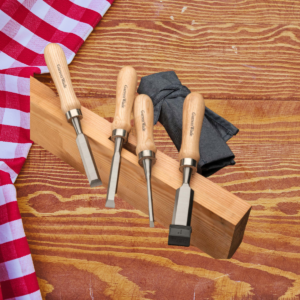
c. Chisels
Chisel is a hand tool that’s got a sharp metal blade at one end and a handle at the other. People use it for cutting, shaping, or carving different materials like wood, stone, or metal. The blade is usually flat and comes in different widths and shapes for different jobs. You hold onto the handle to give it some muscle and control the cutting. Basically, chisels are like the versatile heroes of manual shaping and detailing tasks.
2. Powering Up: Must-Have Power Tools
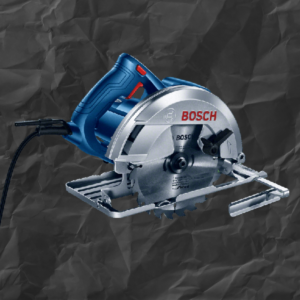
a. Circular Saw
Circular saw is a tool that comes with a spinning blade. This tool is all about making straight cuts in different materials like wood, metal, and plastic. It’s got this circular blade that spins thanks to an electric motor, making cutting through stuff super efficient and precise. Builders, carpenters, and anyone into DIY love these saws because they can handle various materials and create neat, straight cuts. It’s like a must-have tool in the collection of anyone working on construction or woodworking projects.
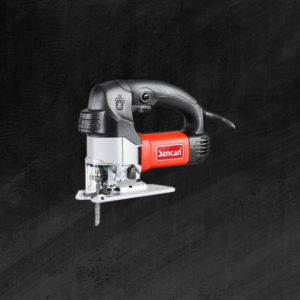
b. Jigsaw
Jigsaw is a tool designed for cutting all sorts of cool shapes and patterns in things like wood, metal, or plastic. It’s got this small, fast-moving blade that goes up and down to make really precise cuts. People love using it for woodworking, crafting, and home improvement projects, especially when they need those fancy cuts and curves.

c. Rotary Tool
Rotary tool is a handy little gadget you can hold in your hand. What makes it so cool is that you can attach different tools to it, making it perfect for detailed and intricate work. You’re in control, you can adjust the speed and be super precise. This makes it awesome for crafts, DIY projects, and fixing small things around the house. The fact that it’s versatile and small makes it a top choice for anyone who wants a tool that can handle precise and flexible tasks.
3. Precision Matters: Specialized Cutting Tools

a. Miter Saw
The miter saw is a tool crafted for making super precise angled cuts, especially in materials like wood. It’s got this circular saw blade attached to a swing arm, letting you easily tweak the angle of your cut. The magic happens because this tool makes angled cuts a breeze, ensuring your joints are clean and precise.
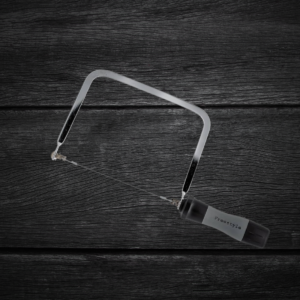
b. Coping Saw
Coping saw is a handheld cutting tool that has a thin, narrow blade attached to a C-shaped frame. This design makes it easy to switch out the blade whenever needed. Coping saws are like the artists of cutting tools, perfect for detailed and intricate tasks, especially in woodworking. With its fine-toothed blade and easy maneuverability, it’s great for making curved cuts and getting into tight corners. Woodworkers love using coping saws for things like detailed joinery, coping moldings, or shaping wood with precision. The coping saw is like a trusty sidekick for anyone who needs that delicate touch in their cutting projects.
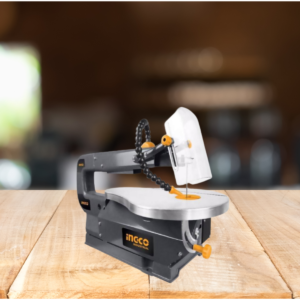
c. Scroll Saw
When it comes to fine and delicate tasks, you’ve got to have a scroll saw. This tool is like a magician for intricate patterns and designs, making it the go-to choice for craftsmen who want precision in their work.
4. Safety First: Protective Gear for DIY Cutting

a. Safety Glasses
You’ve got to take care of your eyes, no compromise. Safety glasses are like your superhero shield against flying debris, making sure your DIY time is both safe and enjoyable.
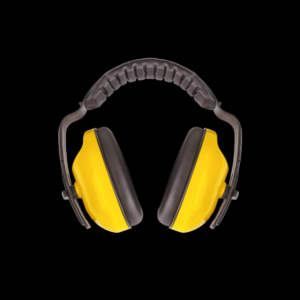
b. Ear Protection
Power tools can get pretty noisy. It’s crucial to use ear protection to avoid any long-term damage and also make your DIY sessions way more comfortable.

c. Dust Masks
Taking care of yourself includes looking out for your breathing. Dust masks are like your defenders against breathing in harmful particles, especially crucial when you’re working with materials like wood or metal.
5. Maintaining Your Arsenal: Tool Sharpeners and Lubricants

a. Sharpening Stones
Keeping your blades sharp is a game-changer for neat cuts. Think of sharpening stones as the secret weapon that keeps the edge on point, making sure your tools are always good to go.

b. Honing Guides
When it comes to sharpening, getting it just right is key. Honing guides are like helpful guides, making sure you keep the correct angle and extend the life of your cutting tools.

c. Lubricating Oils
Making sure your tools run smoothly is crucial. Using lubricating oils is like giving your tools a boost to work their best, cutting down on friction and preventing wear and tear.
6. Mastering Techniques: Cutting Tips and Tricks
a. Straight Cuts
Getting those straight cuts just right is the foundation of your work. It’s like an art, use guides, measure with precision, and don’t rush. Taking your time ensures you end up with flawless straight lines.
b. Curved Cuts
Getting those curved cuts just right is all about practice and patience. Let the tool work its magic, take your time, and concentrate on nailing precision for each curve.
c. Bevel Cuts
Adding bevel cuts brings a whole new dimension to your projects. It’s like an art, grasping the angles and tweaking your tools just right is the key to giving your work that professional finish.
7. Crafting with Confidence: DIY Projects to Hone Your Cutting Skills
a. Building a Wooden Bookshelf
Put your straight cuts to the test by building a functional and stylish wooden bookshelf.
b. Creating Intricate Wooden Designs
c. Crafting Custom Picture Frames
Hone your miter saw skills by crafting custom picture frames, putting a personal touch on your cherished memories.
8. Troubleshooting Common Issues
a. Blade Wandering
If your cuts aren’t as straight as you want them to be, the culprit might be blade wandering. Make sure to check your blade alignment and ensure it’s tightly secured.
b. Material Binding
Materials getting stuck can happen, especially with power tools. To avoid this problem, tweak your cutting speed and make sure to use the right blades.
c. Inaccurate Cuts
Dealing with inaccuracies can be pretty frustrating.
9. Staying Sharp: Upgrading Your Toolkit
Make sure to invest in top-notch blades and keep your tools in good shape through regular maintenance. This ensures they stay sharp and ready for any DIY project you decide to take on.
Conclusion
Starting a DIY project is a thrilling adventure, and having the proper cutting tools can truly make a world of difference. Whether it’s simple hand tools, powerful machines, or specialty equipment, having a well-rounded toolkit sets you up for success in your projects. Always keep safety in mind, practice your cutting techniques, and don’t hesitate to take on challenging tasks. With the right tools and a bit of skill, the possibilities for what you can create are limitless.
